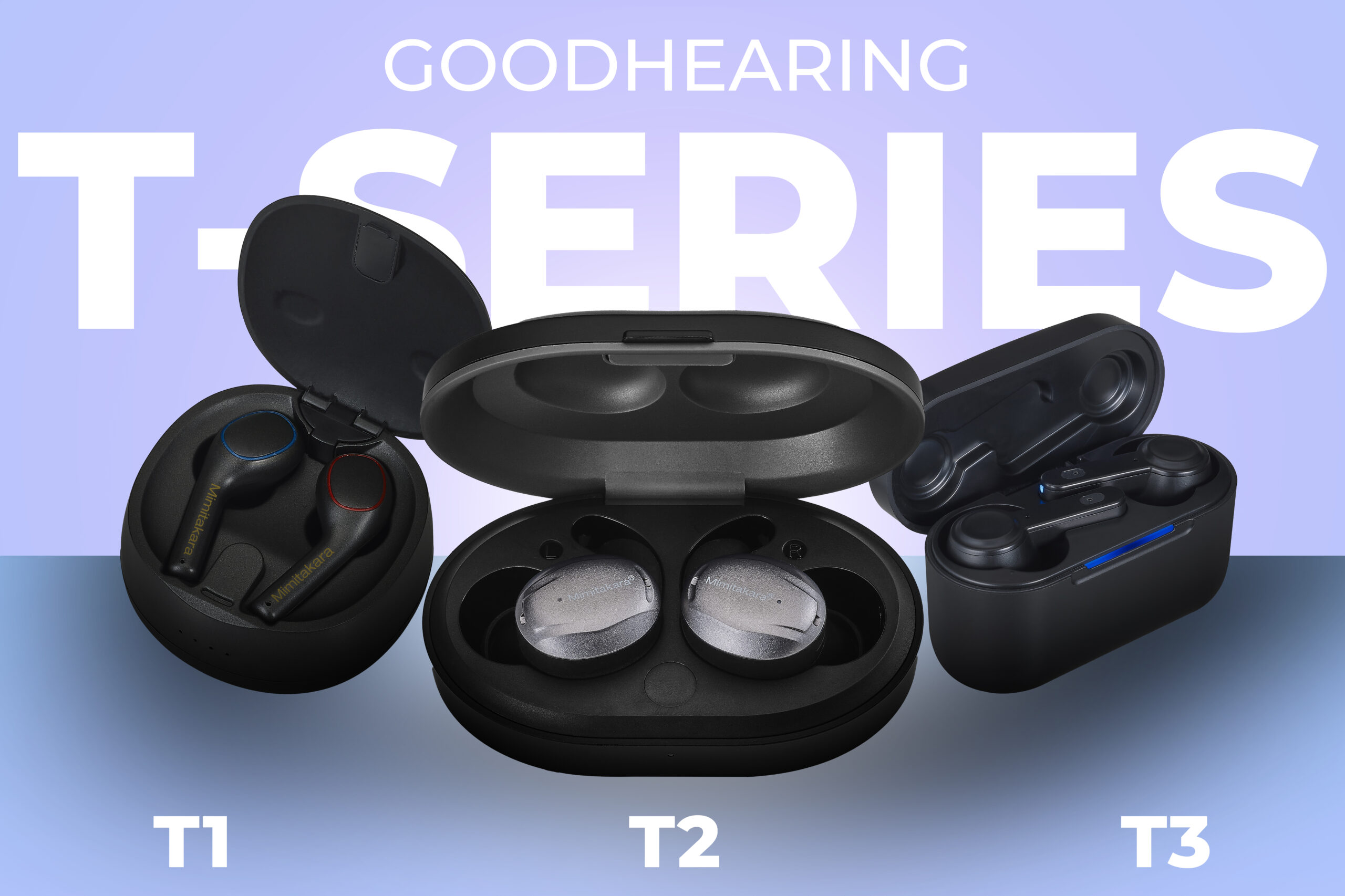- 20 August, 2024
- Written by Digibionic India
In our increasingly noisy world, hearing aids have become vital tools for millions of people seeking to regain their auditory clarity and enhance their daily interactions. However, many individuals still grapple with the decision to embrace these devices, often due to concerns about social acceptance. In this blog, we’ll delve into why non-traditional hearing aids are gaining traction and explore the impact of societal perceptions on their use.
Understanding Hearing Aids
Before we explore the latest trends, let’s clarify what hearing aids are and how they work. These small, sophisticated electronic devices are designed to amplify sound and direct it to the ear, significantly aiding individuals with hearing loss. By improving auditory perception and speech understanding, hearing aids play a crucial role in enhancing quality of life and ensuring seamless communication in daily activities.
Why it is less acceptable? #Social Stigma
Despite their benefits, hearing aids often carry a social stigma that makes many people reluctant to use them. In particular, there is a pervasive fear of being judged or treated differently when wearing traditional hearing aids in public. This apprehension is so strong that many individuals, particularly in India, delay consulting experts or ENT specialists until their hearing loss is severe.

This reluctance is puzzling, especially considering that glasses for vision correction are widely accepted and even flaunted in public. Just as glasses enhance vision, hearing aids improve auditory function, and yet, the social discomfort associated with them persists. It’s crucial for society to recognize that hearing aids are no different from glasses, they are essential tools designed to improve quality of life and should be embraced with the same openness.
Embracing Alternatives: The Rise of Non-Traditional Hearing Aids
For those who remain hesitant, there’s good news. The market now offers a range of non-traditional hearing aids that address both functional and aesthetic concerns. Take, for example, the Mimitakara Goodhearing series—T1, T2, and T3. These innovative devices have revolutionized the hearing aid landscape by merging functionality with style.

Unlike conventional hearing aids, the T series models resemble sleek, modern TWS (true wireless stereo) headphones. They seamlessly blend into the user’s lifestyle, eliminating the traditional stigma associated with hearing aids. Not only do they serve as effective hearing aids, but they also double as high-quality headphones, offering features such as:
- App Compatibility: Easy to control and customize settings via goodHearing app.
- Rechargeable Batteries: Convenient and eco-friendly power solutions.
- Bluetooth Connectivity: Connect with mobile devices and other gadgets effortlessly.
- Audio Streaming: Compatible to stream audio and call from any devices effortlessly.
- Noise Reduction and Speech Enhancement: Improve clarity in various listening environments.
These features, combined with an affordable price range, make the T series a compelling choice for those seeking a more discreet and multifunctional alternative.
Conclusion
The shift towards non-traditional hearing aids reflects a broader trend towards integrating technology with everyday needs in a way that enhances both function and form. As society becomes more accepting of innovative solutions, it’s essential to overcome outdated stigmas and recognize hearing aids for what they truly are—life-enhancing tools that bridge gaps and improve communication.
Embrace the change and explore the modern options available. After all, just as we wouldn’t think twice about using glasses to see clearly, we shouldn’t hesitate to use hearing aids to hear clearly. For more details on Mimitakara GoodHearing T series contact Digibionic Hearing Center.


